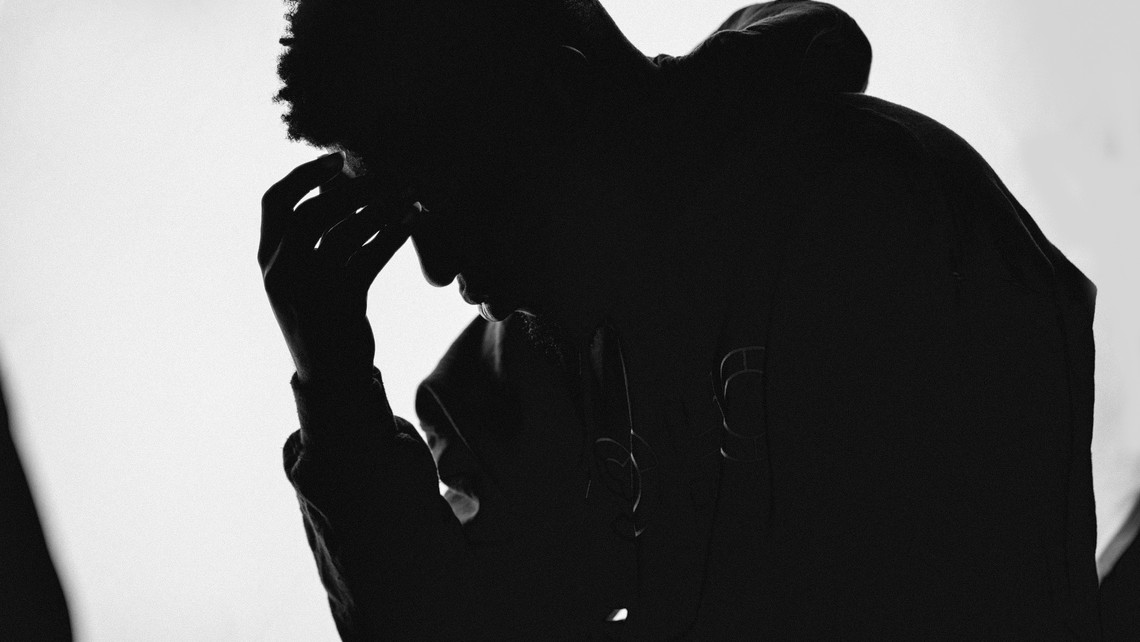
There is something to consider and ponder when the expression of a religious gesture can foster such discomfort amongst people, even those who are directly associated with the gesture in question. It is fair, I argue, to propose that human beings are attracted by symbols. Whatever the symbol may reflect, e.g., a flag, an animal, a color, an illustrated scene, words from a book, clothing, or bodily movements, these objects attract the senses of the human being. In addition, symbols may elicit joy, happiness, peace, or anger. Whatever the physical gesture, it emits a reaction from the person either receiving it or expressing it.
This is why I find it fascinating that when the Sign of the Cross is made in public, it can emit the types of reactions I previously mentioned, even one of anger towards God. One of the many real-life examples I can describe reveals the hatred one may harbor toward anything visible of God, especially the Sign of the Cross. The first incident involved me and a very close Priest friend of my family, where we made the sign of the Cross before eating our lunch, and someone abruptly went right up to us and said, “That’s not going to help you or make your meal taste better.” As we both observed the person storm away from us, we offered up a prayer of healing and my Priest friend a prayer of deliverance for the person.
When you engage in making the Sign of the Cross, it should come as no surprise to the faithful that things may happen, good and bad. It is important to understand the identity of the visible expression of our Catholic faith as the revelation of the relationship between God through His Son Jesus Christ, and confirmed by the Holy Spirit through an outpouring of grace upon us as Jesus' disciples. The Sign of the Cross is the literal symbol of our identity as Catholics in the name of Jesus Christ by virtue of our Baptism into the Kingdom of God.
The Catechism of the Catholic Church provides context to the symbolism of the Sign of the Cross based on the Creed.
The first part speaks of the first Divine Person and the wonderful work of creation; the next speaks of the second divine Person and the mystery of his redemption of men; the final part speaks of the third divine Person and the origin and source of sanctification.[1]
If we take what the Sign of the Cross expresses at face value, it serves as “the” symbol of our identity as Catholics. The entire symbolic sequence publicly serves as a profession of faith, an assent to the Creed, and that your worldview is definitely Catholic both in nature, substance, and practice. The doctrine of the Trinity is publicly put on display whenever a person intentionally and knowingly proclaims this symbol. We are reminded that from the very beginning, our identity, rooted in the sacrament of baptism, compels us to continue to express our baptismal identity in the name of Jesus Christ.
However, the making of the Sign of the Cross does come with great risk. Every time you enter a Catholic Church, especially to prepare for the Holy Sacrifice of the Mass, you declare your assent to Christ and proclaim to avoid all behaviors and actions that contradict the teachings of the Catholic Church. Hence, no one should receive Christ in the Holy Eucharist in the state of grave sin. The role of all Christians is to answer the call to serve Christ and the faithful; this begins with the Sign of the Cross from the moment we wake up in the morning. The Catechism reminds us that,
The Christian begins his day, his prayers, and his activities with the Sign of the Cross: in the name of the Father and of the Son and of the Holy Spirit. Amen. The baptized person dictates the day to the glory of God and calls on the Savior’s grace, which lets him act in the Spirit as a child of the Father. The sign of the cross strengthens us in temptations and difficulties.[2]
Another far greater risk with this symbol of the faith is the proclamation of your willingness to suffer for Christ on the Cross. The levels of suffering associated with this symbol of faith may involve hatred, mockery, jealousy, contempt, or even worse, a direct suppression of one’s faith in Jesus Christ and His Church. With the potential risks involved with this Trinitarian expression of our Catholic faith, should consideration be given to avoid making the Sign of the Cross publicly to potentially avoid a hostile response? In describing the role of the People of God, the Catechism provides us with a very appropriate answer through the wise words of St. Leo the Great,
The sign of the cross makes kings of all those reborn in Christ, and the anointing of the Holy Spirit consecrates them as priests, so that, apart from the particular service of our ministry, all spiritual and rational Christians are recognized as members of this royal race and sharers in Christ's priestly office. What, indeed, is as royal for a soul as to govern the body in obedience to God? And what is as priestly as to dedicate a pure conscience to the Lord and to offer the spotless offerings of devotion on the altar of the heart?[3]






